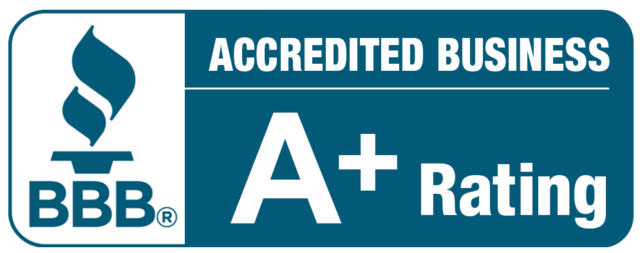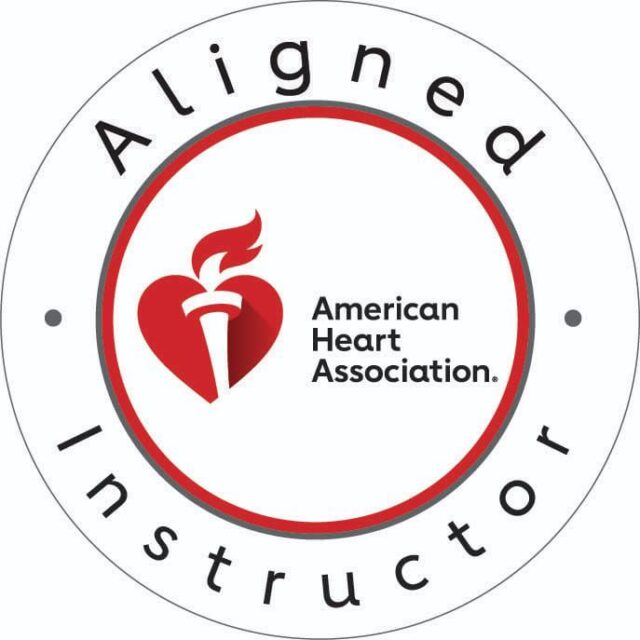What Is Effective Communication In Client Care?
Effective communication is the process of exchanging information in a clear, concise, and meaningful way that is understood by both parties. It involves not only conveying a message but also receiving and interpreting feedback.
Effective communication can take many forms, which include verbal and written communication, body language, and nonverbal cues. It’s important to know that effective communication is characterized by several key elements, which include:
- Clarity: Communication is said to be effective when it is clear and easy to understand. The message should be concise and straightforward, without unnecessary complexity or ambiguity.
- Relevance: Effective communication is relevant to the audience and addresses their needs, concerns, and interests.
- Active listening: Another key element of effective communication is that it requires active listening. Active listening involves paying attention to the speaker, interpreting their message, and providing feedback. The Importance Of Active Listening In Client Care cannot be overemphasised.
- Nonverbal communication: Effective communication also includes nonverbal cues, such as facial expressions, gestures, and tone of voice, which can convey meaning and emotion. Home care agents adopting effective communication strategies should look out for non-verbal cues when administering client care.
- Feedback: Another key element of effective communication in client care is that it involves giving and receiving feedback. Feedback helps ensure that the message is understood and any misunderstandings are addressed. The Importance Of Client Feedback In Improving Care cannot be overemphasised.
- Mutual Respect: Effective communication also requires mutual respect between the parties, regardless of their backgrounds or personal beliefs.
Why Do I Have To Communicate Effectively With Clients When Administering Care?
Effective communication with clients is crucial for several reasons:
- It helps Build trust: When you communicate effectively with clients, you build trust and establish a positive relationship. Trust is essential for clients to feel comfortable and confident in your ability to meet their needs.
- The organization get to understand clients’ needs: Effective communication helps you understand the clients’ needs, concerns, and expectations. This understanding allows you to tailor your services to meet their specific needs and deliver better outcomes.
- Increase client satisfaction: Good communication can help you identify potential problems early on and address them promptly. This can lead to increased client satisfaction and loyalty.
- It helps set clear expectations: Effective communication helps set clear expectations for both parties. Clients understand what services they can expect and what outcomes they can anticipate, and you understand what clients need and how best to deliver it.
- Conflicts is easily resolved: Conflicts can arise in any professional relationship, but effective communication can help you resolve them quickly and efficiently. This can save time and resources, as well as prevent potential harm to the relationship.
- Creates a Professional image: Effective communication also helps you maintain a professional image. Clear and concise communication can demonstrate your competence and expertise and foster a positive reputation for your business.
Adopting effective communication strategies in client care is essential for maintaining a professional image as well as the growth the organization.
15 Effective Communication Strategies For Client Care
Withut further ado, here are the top 15 effective communication strategies for client care:
#1. Listen actively
Listen attentively and show interest in what the client is saying so that they feel heard and understood. Also listens with a smile.
#2. Use clear and concise language
Use language that is easy for the client to understand, and avoid using technical jargon. The simpler the better.
#3. Empathize
Show empathy by putting yourself in the client’s shoes, and trying to understand their feelings and perspective.
#4. Use non-verbal communication
Use non-verbal cues such as nodding, eye contact, and facial expressions to show that you are engaged and interested.
#5. Be respectful
Show respect to the client, regardless of their background or personal beliefs. Communicating effectively requires that you show respect in manner and profession.
#6. Use open-ended questions
Ask open-ended questions that allow the client to express themselves fully. By asking “Tell me how you feel” which gives the client a ground for expression rather than asking “You are feeling fine, right?”
#7. Avoid interrupting
Interruption is not a good communication skill. It’s actually offensive and unprofessional. One of the effective communication strategies in client care is never to interrupt a client. Allow the client to finish speaking before you respond or ask another question.
#8. Clarify information
Clarify any information that the client may not fully understand. Also, ensure that they have all the information they need to make an informed decision.
#9. Use positive and encouraging language
Use positive language when discussing sensitive or difficult topics. Also, avoid negative language that could be hurtful or offensive.
#10. Show appreciation
Show appreciation for the client’s time and input, and thank them for sharing their thoughts and feelings.
#11. Provide feedback
Provide feedback that is constructive and supportive, and help the client identify areas where they can improve.
#12. Communicate regularly
Communicate with the client regularly, and keep them informed of any updates or changes that may affect their care.
#13. Use a variety of communication methods
Forbes in an article encourages communication via various channels. Use a variety of communication methods such as phone calls, emails, and in-person meetings to ensure that the client feels connected and informed.
#14. Be patient
Be patient and take the time to fully understand the client’s needs and concerns. Also, be patient enough to work with them to develop a plan that meets their goals.
#15. Follow up
What a good communication with a client if it ends all there? Follow up with the client after each interaction to ensure that they are satisfied with the care they received, and to address any additional questions or concerns they may have.
Sara A Home Care Agent Application Of The Above Effective Communication Strategies In Client Care
Sara is a home care agent who visits elderly clients in their homes to provide care services. During one of her visits, she notices that her client, Mrs Johnson, seems to be more withdrawn and quiet than usual. Sara decides to use effective communication strategies to find out what’s wrong and how she can help.
- Sara listens attentively as Mrs Johnson expresses her concerns about her health and fears about being a burden on her family.
- In simple and clear language, Sara explains the services available and how they can help Mrs Johnson overcome her fears.
- With empathy, Sar acknowledges Mrs Johnson’s fears and concerns and assures her that she is not a burden on her family.
- As Mrs Johnson speaks, Sara uses non-verbal cues such as nodding and maintaining eye contact to show that she is listening.
- Further, Sara shows respect to Mrs Johnson by treating her with dignity and acknowledging her feelings and concerns.
- By asking open-ended questions such as “What do you feel?” “What do you think about this alternative?” that allow Mrs Johnson to express herself fully and share her thoughts and feelings.
- Avoid interrupting: Sara allows Mrs Johnson to finish speaking before responding or asking another question.
- Sara clarifies any information that Mrs Johnson may not fully understand. Also, she ensures that she has all the information she needs to make the right decisions.
- Sara uses positive language to discuss sensitive topics. She also emphasizes the benefits of the services available and avoiding negative language that could be hurtful or offensive.
- Also, Sara shows appreciation for Mrs Johnson’s time and input, thanking her for sharing her thoughts and feelings.
- Sara provides feedback that is constructive and supportive, helping Mrs Johnson identify areas where she can improve her health and well-being.
- Sara communicates with Mrs Johnson regularly, giving her information of any updates or changes that may affect her care.
- Using variety of communication methods such as phone calls and in-person meetings, Sara ensures that Mrs. Johnson feels connected and informed.
- Sara is patient and takes the time to fully understand Mrs Johnson’s needs and concerns, working with her to develop a plan that meets her goals.
- Sara follows up with Mrs Johnson after each interaction to ensure that she is satisfied with the care she received and to address any additional questions or concerns she may have.
As a result of Sara’s effective communication strategies, Mrs Johnson feels more comfortable and reassured, and she is able to access the services she needs to maintain her health and well-being.
Conclusion
Effective communication strategies in client care cannot be overemphasised as their need is essential.
If you are in Indiana and looking for a home care agency with a personalized client care plan and also asking how to access quality care services, visit Good Hands home care services, where care is offered with professionalism and efficiency.
YOU ARE IN GOOD HANDS!!!




